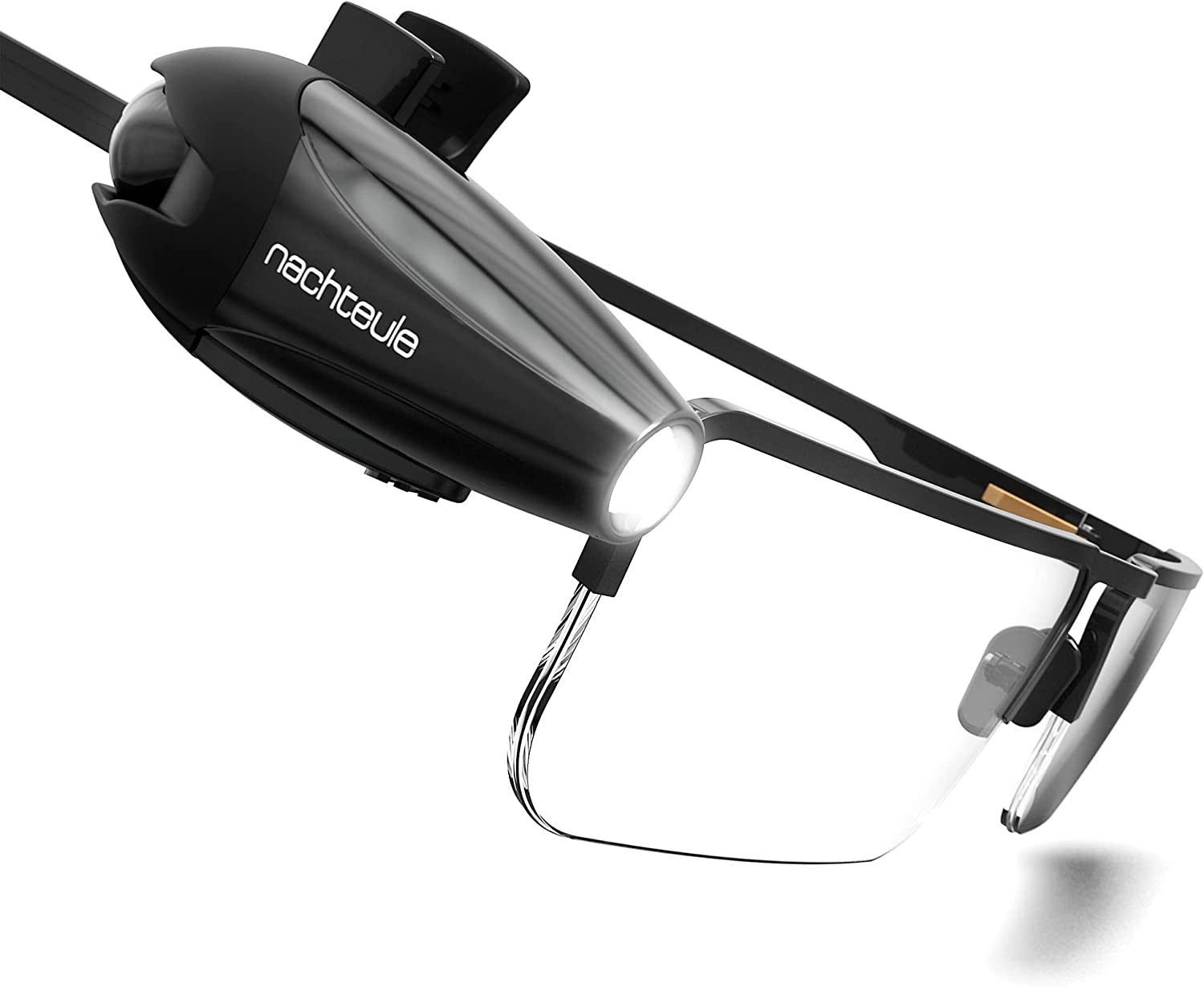Announcing Your Brand With One Glance
Choosing the right name for your website is a crucial step in establishing your online presence. It is the first thing visitors will see and remember about your site, so it’s important to make a lasting impression.
Products we independently select, and share may have an attached link to a merchant — we may receive a small commission if you choose to click on the link and buy, which does not affect the initial price. Trend Wealthy is a participant in the Amazon Services LLC Associates Program, an affiliate advertising program designed to provide a means for sites to earn advertising fees by advertising for and linking to Amazon.com
With countless websites already in existence, finding a unique and memorable name can be challenging. However, with a strategic approach and a little creativity, you can select a name that represents your brand, resonates with your target audience, and sets you up for online success.
Use this article as a guide to lead you through the process of choosing a name for your website.
- Define Your Website’s Purpose Before brainstorming name ideas, it is essential to have a clear understanding of your website’s purpose.
- Ask yourself what your site is about and what it aims to achieve. Is it a blog, an e-commerce store, a portfolio site, or a business website? Defining your website’s purpose will help you narrow down your options and ensure that the name you choose aligns with your goals and target audience.
- Reflect Your Brand Identity: Your website’s name should reflect your brand identity and the image you want to portray. Consider your brand values, personality, and target market. Are you aiming for a professional, authoritative tone or a more casual and friendly vibe? The name should resonate with your target audience and give them a sense of what to expect from your website. For example, if you are a creative agency targeting young, artistic individuals, a playful and imaginative name might be more fitting than a formal one.
- Keep It Short and Memorable: In the fast-paced online world, simplicity is key. Choose a name that is short, easy to spell, and memorable. Avoid using complex or confusing words, excessive hyphens or numbers, and long phrases. A concise and catchy name will make it easier for visitors to remember and share your website with others. It is also crucial to consider how the name will appear in the website URL. A shorter name will often result in a cleaner, more visually appealing URL
- Conduct a Thorough Search: Before settling on a name, conduct a comprehensive search to ensure it’s not already in use by another website or trademarked by another entity. Check domain availability to see if the corresponding website address is available for registration. Look for similar or related websites in your niche to avoid confusion or potential legal issues. Additionally, perform a trademark search to ensure that your chosen name does not infringe on any existing trademarks.
- Consider SEO (Search Engine Optimization): While not a requirement, considering SEO when choosing your website’s name can be beneficial. Incorporate relevant keywords or phrases related to your niche or industry, as this can help with search engine rankings. However, don’t sacrifice readability or memorability for the sake of SEO. A balance between a keyword-rich name and a user-friendly one is essential.
- Avoid Limiting Names: Choose a name that allows for future growth and expansion. While your website may focus on a specific niche or topic now, you may want to diversify or expand your offerings in the future. Avoid names that are too narrow or limiting, as they may restrict your options down the line. A more versatile and broad name will provide flexibility as your website evolves.
- Get Feedback and Test It Out: Once you have a shortlist of potential names, gather feedback from trusted friends, colleagues, or your target audience. Their input can provide valuable insights and help you choose the most effective name. Additionally, test the names by saying them aloud, visualizing them in a logo, and considering how they will look on social media profiles and other marketing materials. This process can help you assess the overall impact and potential of each name.
- Secure the Domain and Social Media Handles: Once you have chosen the perfect name for your website, it’s time to secure the domain name and social media handles associated with it. The domain name is your website’s address on the internet, so it’s important to register as soon as possible. Look for reputable domain registrars and check the availability of your chosen domain name. If the exact name is not available, consider variations or alternative extensions such as .net or .org.
- Test for Trademark Availability Before finalizing your website’s name, consider conducting a thorough search for trademark availability. This step is crucial to ensure that you are not infringing on any existing trademarks. Visit the official trademark databases and search for your chosen name or similar variations. If there are any conflicts, it is advisable to consult with a legal professional to avoid any potential legal issues down the line.
- Be Open to Iteration and Adaptation: Choosing a name for your website is an important decision, but it’s not set in stone. Be open to alternate, creative names and adaptations as your website grows and evolves. As your brand develops and your target audience expands, you may find that your original name no longer aligns with your vision. Don’t be afraid to reevaluate and make changes if necessary. It’s better to make adjustments early on than to stick with a name that no longer serves your brand effectively.
In addition to the domain name, it’s crucial to secure consistent social media handles across different platforms. These handles should ideally match or closely resemble your website’s name. Having the same name across all your online channels will enhance your brand’s consistency and make it easier for users to find and connect with you on social media.
CREATION BY AI
It’s not uncommon and is quite handy to use free name generator sites to find a name or get inspired by search results. Some may require that you make an account with them. All of them will need keywords that pertain to what your website is about. Following are a few free sites:
- Namelix
- Website Name Generator
- Wix Business Name Generator
- BNG Website Name Generator
- Themeisle Free Domain Name Generator
- Nameboy
- Squadhelp
Dot Com or Dot What?
Besides the commonly known “.com” domain extension, there are numerous other internet endings, known as top-level domains (TLDs), that are available for website registration. It’s recommended to get a .com TLD when you possibly can.
You can check the availability of a domain name at Google Domains
Here are some other examples of TLDs:
- .org: Originally intended for non-profit organizations, .org has become popular with various types of websites, including charities, community groups, and open-source projects.
- .net: Initially designed for network-related websites, .net is now used by a wide range of organizations and individuals. It is often associated with technology, internet service providers, and networking businesses.
- .gov: Restricted to government entities, .gov is exclusively used by local, state, and federal government agencies in the United States.
- .edu: Reserved for educational institutions, such as universities, colleges, and academic organizations. To register a .edu domain, the institution must be accredited by an authorized accreditation body.
- .mil: Exclusive to the U.S. Department of Defense and its branches, .mil is used for official military websites.
- .co: Originally designated for businesses and organizations located in Colombia, .co is now widely used globally as an alternative to .com. It has gained popularity as a shorter and more memorable option.
- .io: Originally representing British Indian Ocean Territory, .io has gained popularity in the tech industry for technology-related startups and companies. It is often associated with input/output or Internet of Things (IoT) concepts.
- .me: Originally designated for websites related to Montenegro, .me has gained popularity for personal branding and individual websites. It is often used for personal blogs, portfolios, and resume websites.
- .info: Available for general use, .info is often used for informational websites or websites that provide data, facts, and resources.
- Country-Specific TLDs: Each country has its own TLD, such as .uk for the United Kingdom, .de for Germany, .fr for France, and so on. These country-specific TLDs are typically used by websites targeting specific local audiences.
It’s important to note that the availability and registration requirements for these TLDs may vary. When choosing a domain extension, consider the purpose of your website and its target audience to select the most appropriate and meaningful option. A great name is the foundation of a strong online presence, so take the time to choose wisely.
Shopping Amazon helps me continue to provide informative content for succeeding in marketing.










